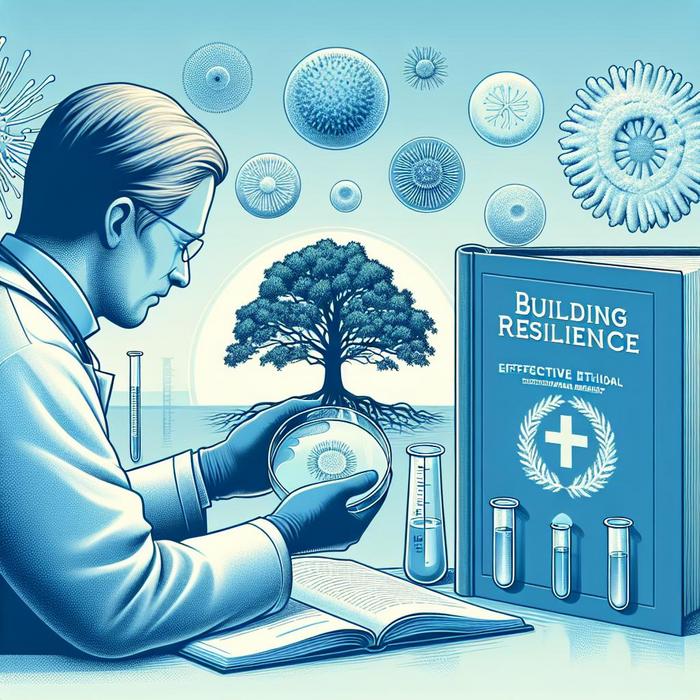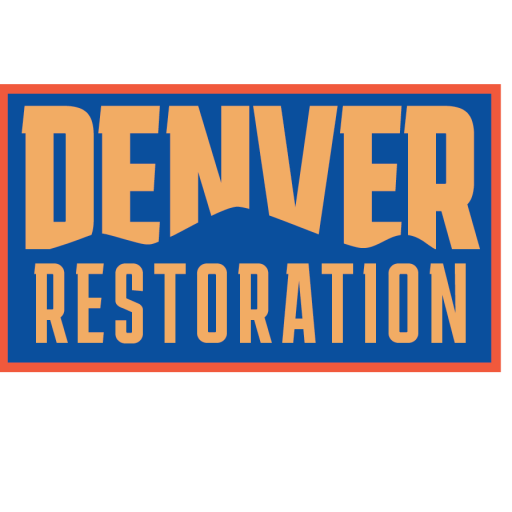Mastering the Art of Mold Testing
As a property owner, you face countless threats to your investment. Among these threats, mold growth poses a particularly sneaky challenge. It lurks silently behind walls, beneath floors, and within ceilings, undermining the integrity of your property and posing significant health risks to occupants. Yet, building resilience against mold is possible, and it starts with one crucial step: effective mold testing.
The Importance of Mold Testing
Mold testing isn’t a luxury. It’s a necessity. With over 100,000 known types of mold, it’s almost a guarantee that at some point you’ll encounter a mild to severe mold problem on your property. ‘Build resilience’ isn’t just a fancy catchphrase. It’s a call to action for all property owners. The first step? Identifying and understanding the threat.
Mold testing is crucial to making informed decisions about removal and remediation strategies. Without it, you’re fighting a battle against an unseen enemy. Accurate mold testing, conducted by experienced professionals, can uncover the extent, type, and source of a mold outbreak.
Armed with this information, you can confidently take the next steps towards removing mold from your property, mitigating against future growth, and fortifying your property against other potential threats.
Effective Techniques in Mold Testing
Although anyone can purchase a home mold testing kit, relying solely on these may not provide the comprehensive picture necessary to fully address the problem. Thorough mold testing requires an understanding of the various types of mold, their preferred growth conditions, and the potential health risks they pose.
Professional mold testers utilize a variety of methods to accurately assess and locate mold growth, including:
- Visual Inspection: This process involves carefully checking all areas of a property (including hard-to-reach areas) for visible signs of mold.
- Air Sampling: This technique measures the concentration of mold spores in the air, indicating whether mold growth is present, even if it cannot be seen.
- Surface Sampling: In this method, samples are taken from various surfaces to check for mold spores, giving a clearer picture of the extent of mold contamination.
- Bulk Sampling: This involves removing materials from the affected property to examine in a lab, identifying the type of mold and the level of infestation.
Building Resilience: Mold Testing and Beyond
Once mold testing has been conducted, and the extent and type of mold contamination established, it’s time to move toward remediation. But remember, mold removal represents only one component in the quest to build resilience against mold. It’s about creating an environment where mold simply can’t thrive.
Preventative measures include maintaining good air circulation, promptly fixing leaks, regulating humidity, and using mold-resistant materials during property construction or renovation. Thorough leak detection is a proactive way to ensure mold doesn’t have a chance to establish itself. Additionally, regular mold testing and monitoring can keep small issues from becoming major problems.
The Path to a Resilient Property Starts Here
It’s clear: To build resilience against mold, accurate and effective mold testing is paramount. It’s a vital step in protecting your property and health from this insidious threat. So, whether you’re a homeowner or a property manager, it’s time to master the art of mold testing.
Through proven strategies and a proactive approach, you can safeguard your investment and provide a healthy, safe environment for those who use your property. By doing so, you build not just resilience, but peace of mind. Stay tuned for the second part of this article series, where we’ll delve deeper into effective mold remediation strategies.
Read our expert black mold removal tips to get started on your path to a mold-free property. We’re here to equip you with the knowledge and tools to stand strong against the threat of mold.
Remember, resilience doesn’t just happen. It’s built one step at a time, starting with effective mold testing. Now that you’ve started this journey, you’re well on your way to a safer, healthier, and more resilient property.
Choosing a Professional Mold Testing Service
While it’s possible to conduct mold testing on your own, it’s advised you engage professional help. A professional mold testing service can detect and assess the full scope of a mold problem, ensuring no hidden mold remains undetected and avoiding the potential health issues undetected mold can cause.
With a certified examination, the removal procedure can proceed, ensuring all fungi are adequately addressed and eliminated. Hiring a professional provides assurance that the mold situation will be dealt with not just from a visible perspective, but in the most comprehensive, scientific way using highly sophisticated equipment. Plus, they can offer advice and suggestions for preventing future issues.
It’s worth noting that using a professional service provides an extra layer of protection that DIY solutions can’t equal. Post-remediation validation testing, for instance, is a standard part of professional services, which ensures the original mold issue is completely eliminated. Read more about the difference between mold testing and mold remediation here.
Also, in some cases, your home insurance may require certified testing and removal to validate any claims for mold damage. It can even increase the chance of getting insurance pay-outs.
Health Implications of Mold
As we’ve mentioned, mold is not just a grave threat to the integrity of your property but also poses significant health risks. Some of the potential health effects of long-term exposure to certain types of mold are respiratory issues, allergic reactions, and even neurological symptoms like confusion and memory loss.
Molds produce allergens and irritants that cause reactions, especially for persons with allergies, weak immune systems, and respiratory problems such as asthma. According to the Environmental Protection Agency, these reactions differ significantly, ranging from being almost unnoticeable in some people to severe allergic responses in others.
Mold Remediation: The Next Steps
Once you’ve identified a mold issue through professional testing, the next step is mold remediation – cleaning up the mold while addressing conditions causing it to prevent it from returning.
As mentioned before, professional mold removal services are the most effective way to address mold problems properly. These services ensure that the mold is not just visually removed but is also removed from the air, tested for toxicity, and ensures that indoor air quality is preserved.
Understanding Insurance Coverage
Handling mold can often require robust financial resources. Hence, it’s highly beneficial to understand the insurance landscape when dealing with mold contamination. Unfortunately, some homeowners’ insurance policies do not cover costs related to mold remediation. However, certain cases where mold is caused by a “covered peril” like a sudden event such as burst pipes would typically receive coverage.
Also, flood insurance policies might cover mold damage caused by floods. Honest and upfront communication with your insurance adjuster about the state of your property and any potential mold concerns is highly encouraged. Additionally, working with experienced restoration professionals who understand the insurance landscape can prove invaluable in navigating these complex issues.
Rebuilding and Restoring From Mold Damage
Mold damage often extends far beyond what the eye sees. It can weaken structural elements within your property, including walls, floors, and fixtures, which can result in needing a rebuild or restoration after remediation.
Restoration is not just a task of rebuilding the physical structure but also restoring the property’s health value and the mind’s peace. In these cases, consulting with a professional restoration service is highly recommended. Apart from removal, they ensure that the damage caused by the mold does not leave any lasting impacts.
Mold Prevention
A crucial part of any mold remediation effort is preventing future mold growth. For this, keeping an eye on humidity levels within your property, improving ventilation, thoroughly drying any wet areas, and stockpiling moisture-absorbing products can drive down your chances of another mold infestation dramatically.
Wrapping Up
Mold can appear to be a daunting threat, but armed with knowledge and the right professional help, you are well-equipped to tackle any mold contamination issue with confidence. The key to keeping a check on mold lies in regular, thorough testing, swift remediation, and maintaining a vigilant eye on potential sources of moisture and leakages.
In the next segment, we delve deeper into advanced mold remediation and restoration, providing further insights into how you can protect and salvage your property when faced with a severe mold infestation dilemma.
Remember, resilience is a constant effort, and each step you take in mold testing and prevention proves your commitment to safeguarding your property’s health. Stay tuned to our mold removal blog for more tools and tips to maintain a safe and resilient property.

